With Gratitude … From An “Accidental Trailblazer
September 28, 2022
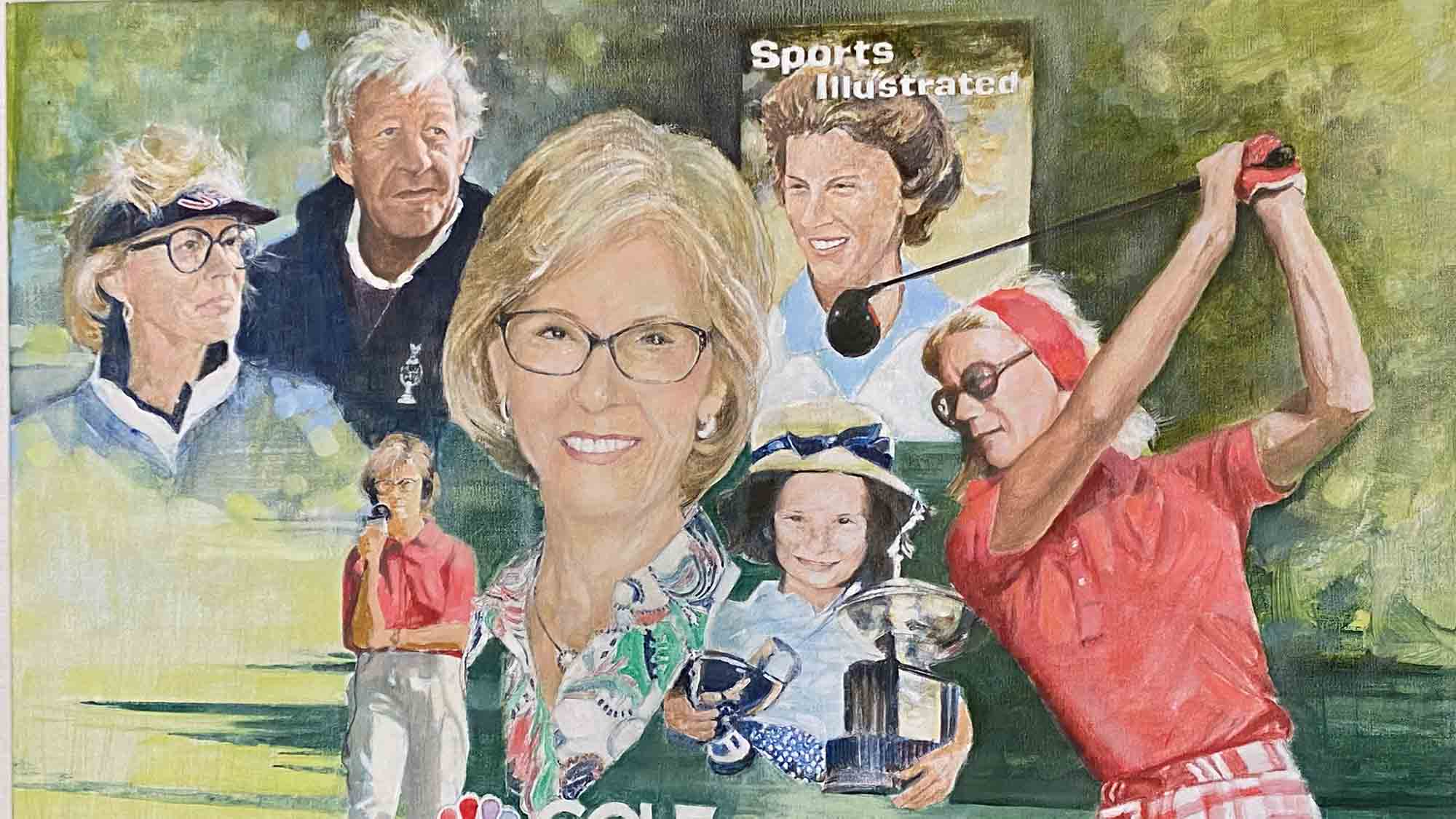
By:
Judy Rankin
Judy Rankin played on the LPGA Tour from 1962-1983 and is a member of the LPGA Hall of Fame and World Golf Hall of Fame. She’s been a TV broadcaster covering both the PGA and LPGA Tours for more than 38 years.
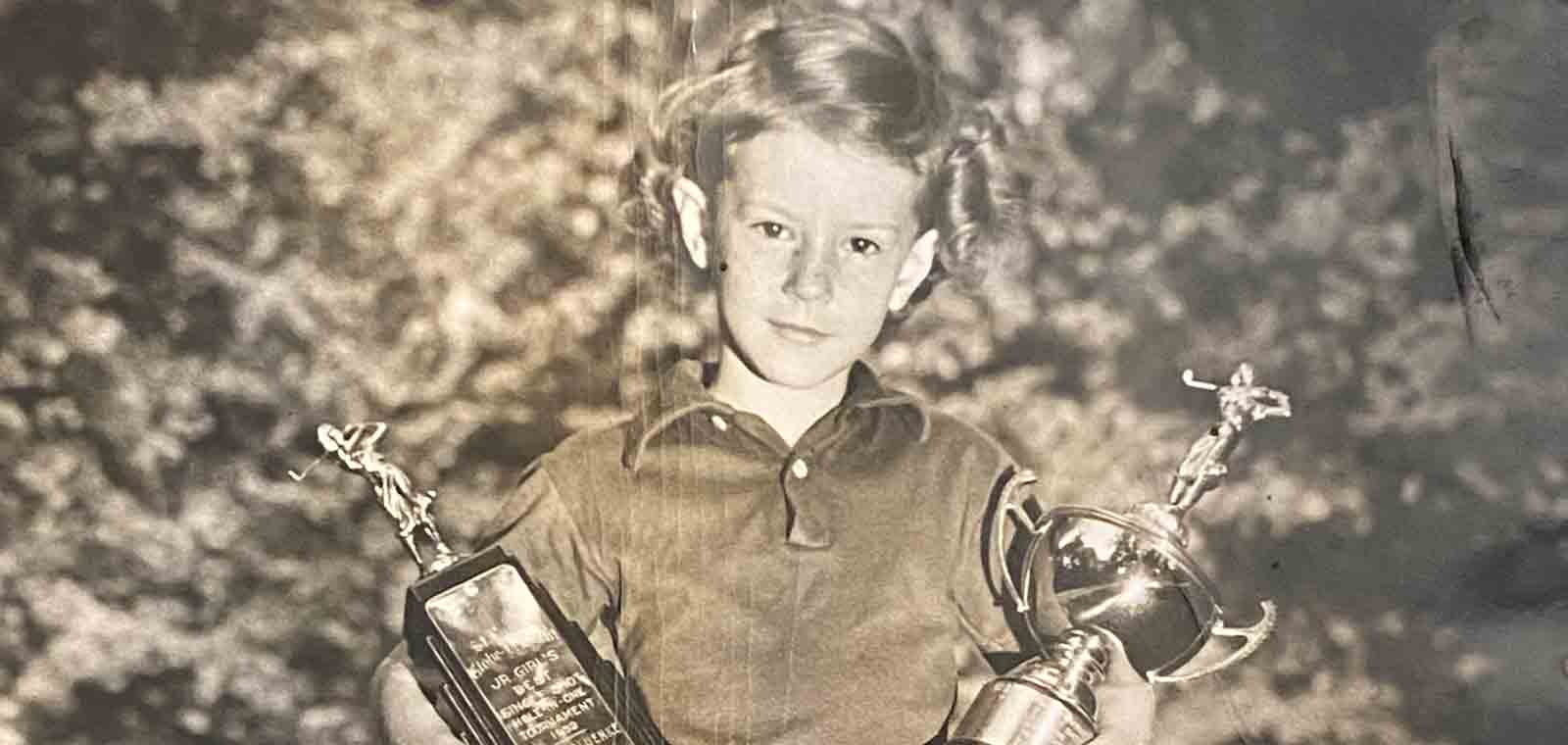
Golf Found Me
The LPGA Was My Neighborhood
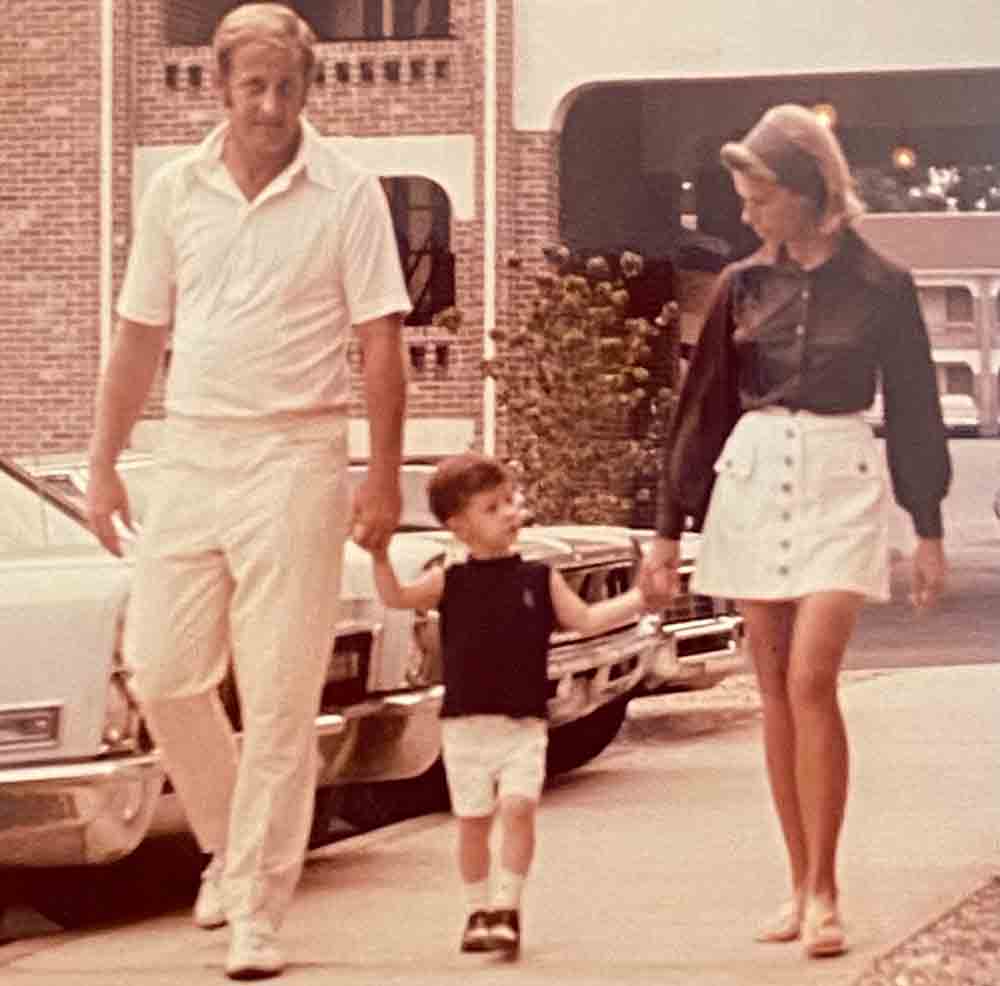
A Different Way To Love The Game
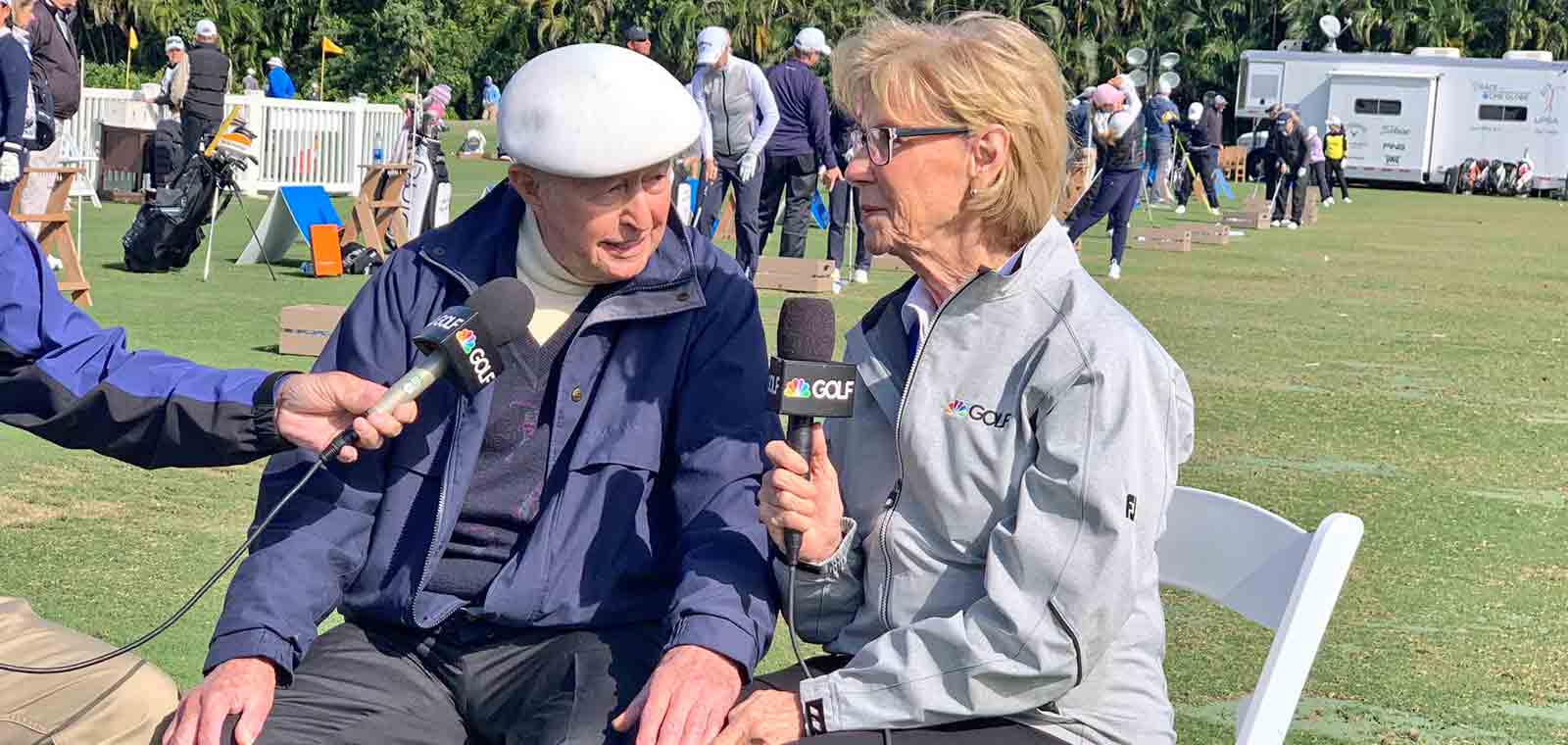
“Accidental Trailblazer”
With Gratitude
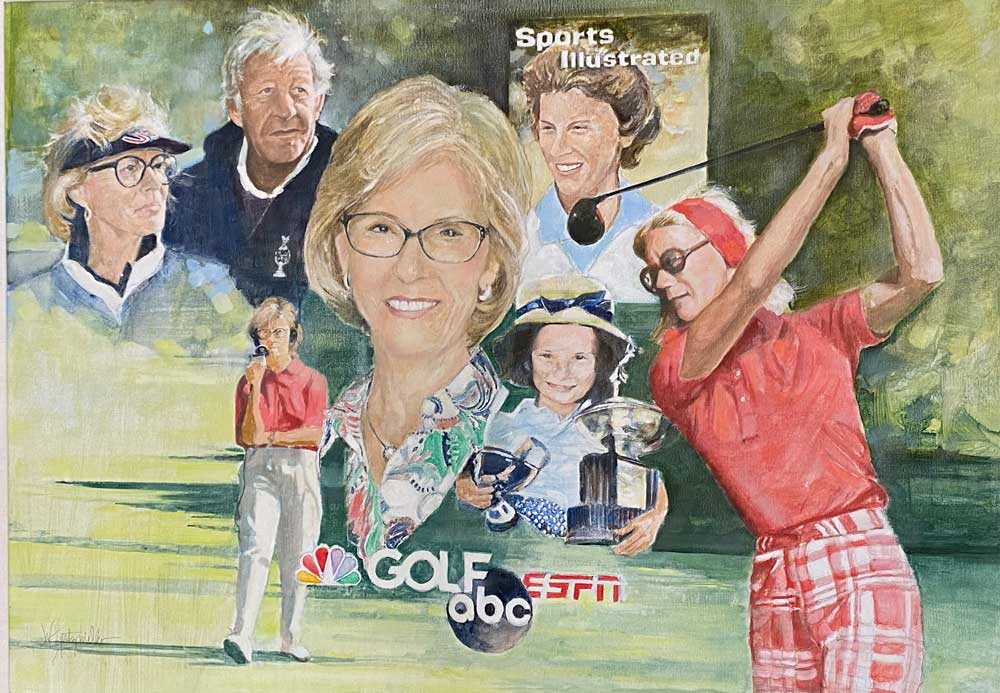
I’m Judy Rankin and I still Drive On!
